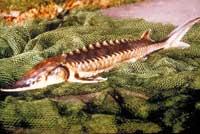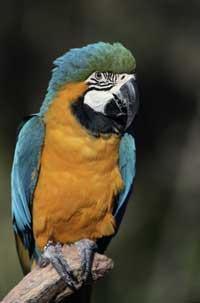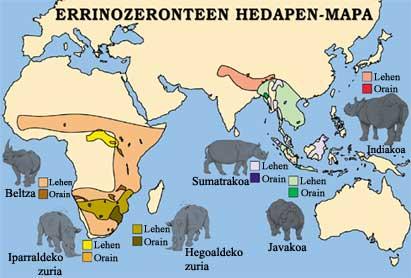Species in extinction
2001/09/30 Mendiburu, Joana - Elhuyar Zientziaren Komunikazioa
Traditionally, species have disappeared because the law of evolution does so, due to climatic changes or cataclysms. But XIX. Since the end of the 20th century, the man who, by direct or indirect influences, has disrupted the laws of evolution is the main cause of the disappearance of animals.
We talk a lot about species that are about to disappear, but since tackling this problem from the root gives as much fear as grabbing the beef, in most cases we settle for saying that such or similar species is about to disappear, although reaching those conclusions is not as easy as expected, much less!
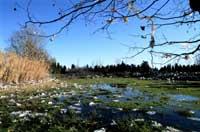
The geographical distribution, population level, biological characteristics, reproductive specificities and threats facing an endangered species are some of the data to be taken into account. In general, species with a reduced range, a reduced number of individuals, a high singularity and sensitivity and a long reproductive cycle present a higher probability of extinction.
However, under these general lines there can be great ignorance and that is why it is so difficult to determine whether the species is actually threatened or not. For example, it is often difficult to count individuals, and in some cases it may be impossible because of the small size of the animal or the difficulty of penetrating the jungle. For the African elephant, for example, estimates range from 500,000 to 800,000 individuals. However, the main problem is to define the biology of the species. Eating habits, disease sensitivity and reproductive cycle are some of the important aspects, but unfortunately, there is still a great vacuum and ignorance.
But when can one say that a species is in danger of extinction? To reach this conclusion, it is necessary to identify the number of individuals and the threat that may disappear. The probabilities are then calculated and the sensitivity of the species to the threat is measured. Everything can be a long work of patience, but at the same time necessary to measure human influence and define the measures to be taken in the future. Another thing is that these measures are then respected.
Animals in danger
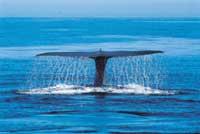
Based on scientific data, CNN (International Union for the Conservation of Nature and Natural Resources) has classified species into eight categories according to the threat: totally extinct species, totally disappeared species in wildlife, species with high risk of extinction, threatened species, vulnerable species, low-risk species, unknown species and uninvestigated species.
The Association itself regularly publishes a list of threatened species. According to the 2000 list, 24% of mammals, 12% of birds, 25% of reptiles, 20% of amphibians and 30% of fish would be in danger. As for geographical distribution, it seems that the situation varies from country to country. Most threatened mammals and birds are found in Indonesia, India, Brazil and China.
The main enemy, man
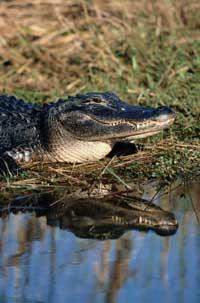
XIX. Since the 19th century, the blind consideration of development as an objective allows us to affirm that human beings have become enemies of many species. The greatest human condition is the elimination of animal habitats by the expansion of infrastructure (roads, bridges, airports, tourist areas, industrial areas...) and cities. For example, the extraction of wood or the expansion of agricultural areas is carried out through the massive exploitation of forests, the drying of damp areas for new constructions, the exploitation of truly rich coral bins, but also the destruction of very sensitive ecosystems.
Hunting and trade are the second cause of species extinction. Wild animals are an important and unmeasured source of food on all continents and fishing can cause huge disasters (see Nineteenth Century Nature). On the other hand, there is a huge trade of live animals for zoos, laboratories and companies, as well as dead animals that feed or take advantage of the skin. Against legal trade an illegal trade of 15 million euros per year has been developed. Although it may seem surprising, this trafficking is the most important after drug and arms trafficking.
Other performances have indirect effects. Among them are fires, high voltage lines, excessive tourists, some sports and the release of invasive species.
Air pollution, and even more so water pollution, can pose a major threat to animals, either by mass death directly or indirectly by the disappearance of food. The main pollutants are pesticides, black tides and heavy metals.
Animal protection measures
Many of the measures taken to protect animals are very simple, but it is necessary to allocate economic, technical and human resources. However, it is often more difficult for these resources to be found than to face economic and political interests.
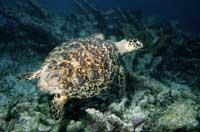
One of the most used ways to improve the condition of animals is the repopulation of certain areas. It is a solution that in some cases has given good results, as in the case of birds, but that is not as simple as expected, since previously it is essential to eliminate the pollution that has already disappeared. In addition, to repopulate a place, the animals must be moved from another place, but you have to listen to them, without undressing in the excuse of repopulating a region. On the other hand, it is a job to take into account to avoid genetic contamination.
Some repopulations are usually made with farm animals, as in the case of the Galapagos and crocodiles. Once the eggs are collected, it is released in its natural environment when the animal is quite strong. However, keep in mind that farm animals find it difficult to get used to, so it is not always the best option. On the other hand, nurseries are a good solution to reduce illegal traffic and reduce the occupation of animals by nature.
But the solution that addresses the problem radically is the destroyed habitat recovery plan. In some cases it is sufficient reforestation, regeneration of wet areas or rational exploitation. But as it is much easier to say, human beings wanted to secure their future by creating natural parks and similar protected spaces. Unfortunately, the effectiveness of these areas is increasingly questioned.
International agreements for the protection of biodiversity
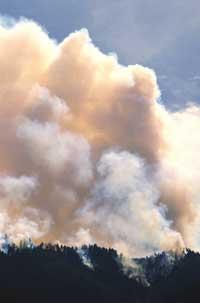
The importance of biodiversity protection for the whole planet makes it necessary to harmonize legislation by signing international agreements and cooperation between countries. The national and international agreements of the European Union can be distinguished.
Among the Europeans are the 1979 bird directive and the 1992 habitat directive. The first aims to protect all wild birds that inhabit EU lands, setting standards to prevent habitat destruction and hunting. The second serves to apply the Berne Convention for the Protection of Heritage: List of species requiring special protection measures in all European countries.
As for international agreements, many regulate habitat, hunting and trade, but most only protect certain species. Moreover, not all countries sign and therefore are not always very effective. One of these agreements was signed in 1973 by 155 countries and 4,900 animals are the Washington agreement regulating species trade.
But one of the most outstanding is undoubtedly the 1992 Convention on Biodiversity. Signed by 181 countries, it aims to protect biodiversity globally, use and distribute Earth resources sustainably. Agreements for the protection of certain species include the 1981 convention for the protection of migratory species and the 1946 convention for the whale.
Published in the supplement Natura de Gara

Gai honi buruzko eduki gehiago
Elhuyarrek garatutako teknologia




